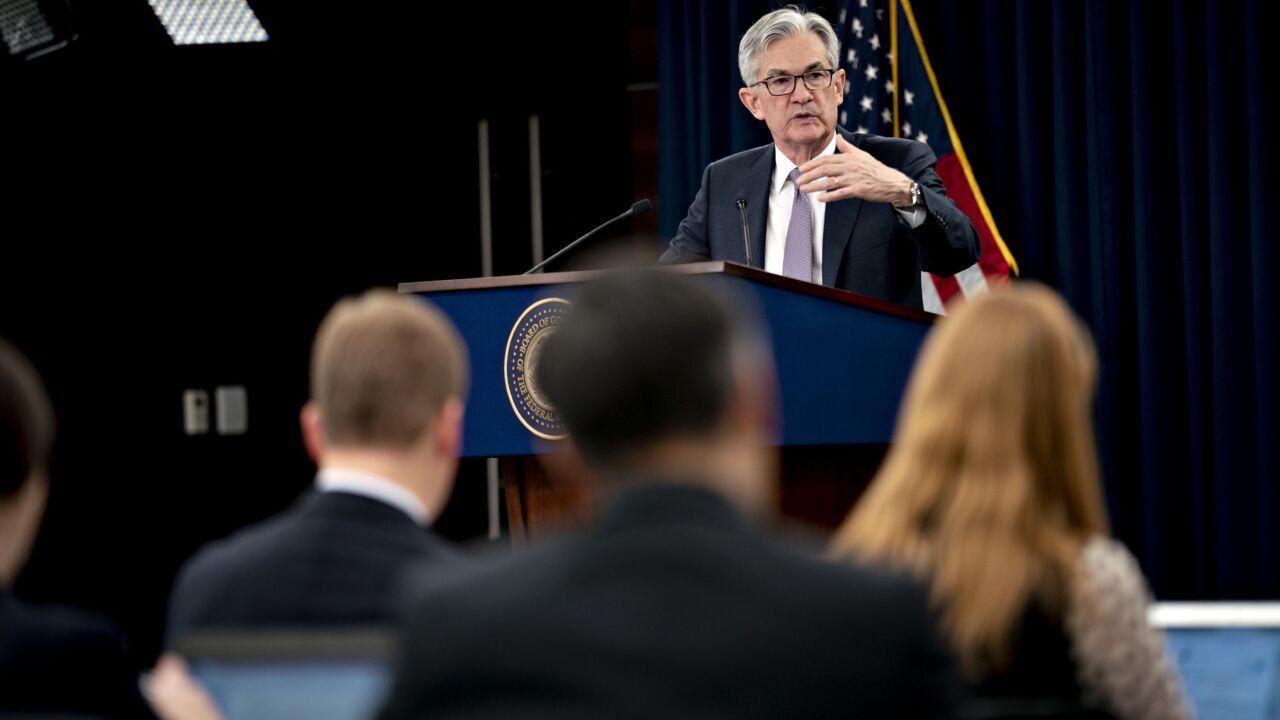Alibaba has started using a modified version of a QR code to fight counterfeit fraud and enable individualized marketing. And the payments potential for such an offering is huge, delivering something akin to a non-wireless version of item-level RFID.
The new code is like a QR code only in appearance, and that appearance was chosen for the familiarity that consumers and merchants have with scanning a QR code. The identifier, which is unique to each individual item on a store's shelf, can add a huge amount of data to each purchase. For example, a retailer who suspects a fraudulent return an item being returned that was purchased elsewhere or stolen can use the code to determine whether that item came from its inventory and whether it was paid for.
"It certainly closes a door that exposes a retailer to a great deal of expense, by virtually eliminating return fraud," said Thad Peterson, a senior payments analyst at The Aite Group. "If every product has a unique identifier, then any time a product is returned to the store, the nature of the transaction prior to that return can be determined, including if there ever was one."
This type of fraud exploits store policies that allow for returns without a receipt. But there are other uses for this technology at the point of sale. "This adds a massive amount of data to CRM and general data management, throwing in so much incremental data that you simply didn't have before," Peterson said.
Alibaba has been working with an Israeli tech company called Visualead and has licensed its Dotless Visual Code Technology to use in these bar codes. LOréal and Ferrero also use this technology. In Alibaba's case, the codes can be read by the Chinese e-commerce company's Taobao mobile app.
"It's tracking and tracing these goods through the value chain, as the code is scanned by different stakeholders along the way," said Oded Israeli, Visualead's VP of marketing. "It can be captured exiting the factory, arriving to a shop owner, when it's handed to a consumer. This lets (manufacturers and consumer brand companies) connect directly with the consumers so they know where their products are being sold and where they are being used."
As important as that visibility is for manufacturers and consumer brands, the rampant sales of counterfeit productsoften through Alibaba's partner merchantsin China is the biggest impetus for the bar code program.
Israeli argues that the individualized bar code undermines the way these thieves tend to operate, which is to purchase one legitimate product with its legitimate packaging and to then try and precisely copy both thousands of times. Copying the Dotless Visual Code shouldn't work because once the first one is scanned, the network can tell the app to not approve any other.
Its not just fake products that are being attacked, he said. Coca Cola, for example, can laser engrave the bar code into its cans of soda, he said. Then when it runs a promotional campaign to win prizes, scammers can't go into stores and write down tons of bar codes and enter the contest fraudulently, since Coca Cola will be able to verify where and when each can and bottle was actually sold.
Alibaba will also be able to run marketing promotions through the app and its interactions with these bar codes.
The bar codes themselves are designed to look like QR codes, so that customers already know to scan it with a mobile app. But they differ from QR because of what Visualead says is their code's more visually attention-attracting appearance. "As opposed to monochrome QR Codes, Dotless Visual Codes are designed to embed a colorful image, logo, or a visual call to action on 90% of the code's surface, making them far more visually appealing and engaging to consumers," the company said in a statement.




